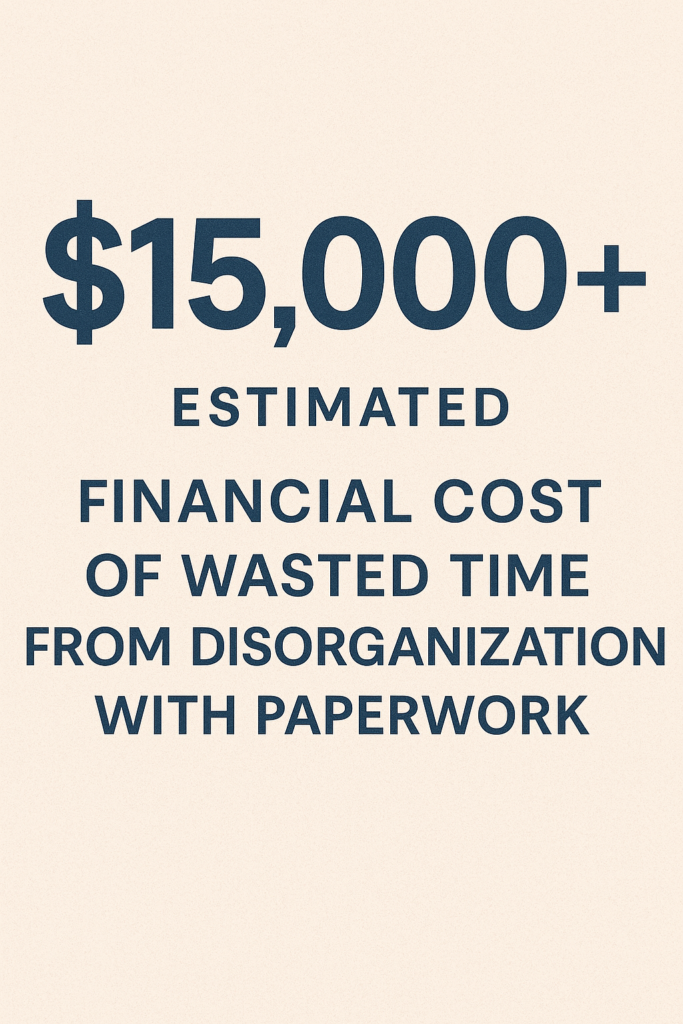Intro: The Delay That Shouldn’t Have Happened
It starts like this: A driver pulls up to a roadside inspection. Everything’s fine—until the inspector asks for a recent DVIR or maintenance log. The driver scrambles to find the paperwork. Fifteen minutes pass. The inspector moves on to the next issue. The delay snowballs, and what could’ve been a smooth checkpoint turns into lost time, missed delivery windows, and stressed-out dispatchers.
This isn’t a rare event—it’s a daily frustration for fleets across the country. And it all stems from something invisible but powerful: document disorganization.
How Much Is Disorganization Costing You?
You can track fuel, hours, mileage, and maintenance schedules to the minute. But what about the time wasted hunting for files, digging through email threads, or asking drivers to re-send scanned documents?
Let’s break it down:
Average time to locate a missing DVIR or inspection log: ~15 minutes
Assume 4 requests per week across 10 drivers = 10 hours/week
Annual cost (at $30/hr loaded cost) = $15,600/year
And that’s not even counting fines, failed audits, or the opportunity cost of slowed operations.
Where the Chaos Comes From
Fleet operations are more digital than ever—but documentation often lags behind. Common issues include:
Paper logs still in circulation
Inconsistent file naming or storage practices
Docs saved on individual phones, desktops, or siloed apps
No clear protocol for access or updates
Unavailable documentation when drivers are on the road
This scattered approach may not seem like a crisis—until the DOT shows up or a deadline looms.

The Ripple Effect of Missing Documents
Beyond direct delays, poor documentation practices trigger deeper problems:
Failed audits from FMCSA or insurance providers
Reduced driver trust (“Why am I being blamed for something I submitted?”)
Dispatcher overload from chasing down paperwork
Legal exposure in the event of accidents or lawsuits
Slowed onboarding for new hires waiting for files to be processed
In short, every minute wasted on documentation is time taken away from actually moving freight.
Best Practices to Untangle the Paperwork Mess
The good news? Cleaning up your documentation process doesn’t have to be complex. Start with a few high-impact moves:
Standardize the Process
Use one format, one storage location, and a defined naming convention. Whether it’s DVIRs, licenses, or IFTA reports—structure = speed.Go Digital—But Go Unified
Scattered PDFs or Google Drive folders won’t cut it. Look for a platform that brings everything—drivers, documents, inspections—into one dashboard (you know, like DocuDrive’s Digital Record Management!)Automate Where You Can
Set reminders for expiring licenses or upcoming maintenance. Automate inspection logs to generate reports instantly. Less manual follow-up = fewer dropped balls.Ensure Mobile Access
If drivers can’t retrieve documents from the cab, the system fails. Mobile-first tools ensure access from anywhere, at any time.
Technology Is the Enabler, Not the Answer
While there are plenty of digital tools available, success comes from the combination of process and technology working together. It’s not about finding the fanciest app—it’s about choosing a system that fits your workflow, makes drivers’ lives easier, and cuts down the daily friction of “where is that document?”
Tools like DocuDrive help simplify and centralize this part of fleet operations—but even without adopting new software, every fleet can take steps to reduce document chaos.
Final Word: Audit Your Process
Take 30 minutes this week to walk through how your team handles documentation:
How fast can you find a random driver’s log from 6 months ago?
Where are your inspection reports stored?
How are expiring documents tracked?
If the answers aren’t crystal clear, there’s room for improvement—and likely savings hiding in plain sight.
Because in trucking, time really is money. And too many fleets are leaking because of the paperwork they can’t find when it matters most.






